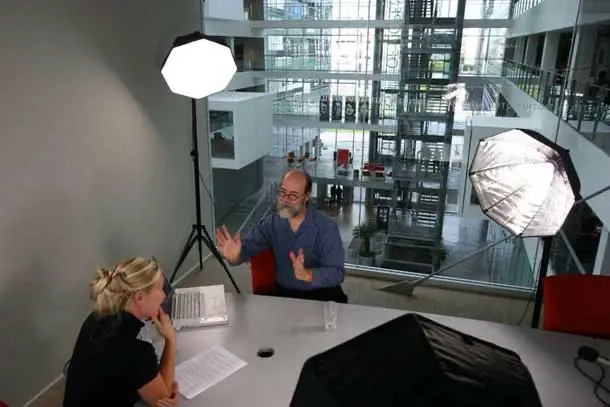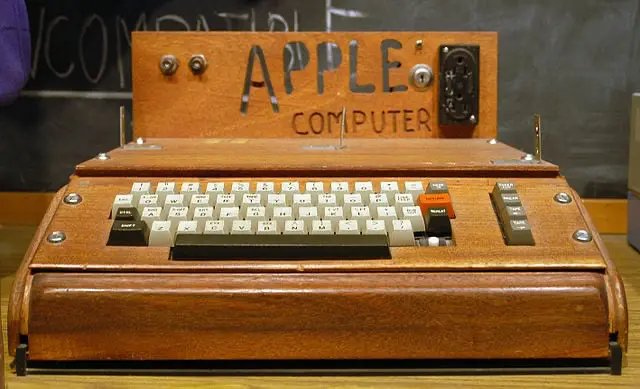Dot Grid Sheets added to the Graph Paper page

I added some dot grid sheets to the printable graph paper, for sketchers that don't like lines. Download here.

I added some dot grid sheets to the printable graph paper, for sketchers that don't like lines. Download here.


Need a holiday card for your nerdy design team. Then look no further, and don't let your Christmas procrastination get you down.
These postcard-sized Christmas wireframes were lovingly crafted in OmniGraffle. You can download the .graffle file to customize it and send around some holiday cheer or whatever. Santa suit up, nerds!
Love,
Konigi
I made a minor update to the OmniGraffle UX Template. The grids were screwed up in the last update I made, so snapping wasn't working. Some guides were also pretty sloppy, so I cleaned those up as well to keep things nice and neat.
Thanks to Jayson Elliot for the heads up about the grid snapping problem.
If you're looking for gifts for your team, Nick Finck has once again rounded up a massive list of gear for UX geeks. Thanks, Nick.
http://www.nickfinck.com/blog/entry/gifts_for_user_experience_geeks_2011/
Theresa Neil's forthcoming book, Mobile Design Pattern Gallery, is set to be released by O'Reilly in the Fall of 2011.
Theresa launched a site to go along with the book that includes a fantastic gallery of 70 user interface design patterns for mobile devices with 400+ supporting examples from iOS, Android, BlackBerry, WebOS, Windows Mobile, and Symbian applications. The gallery covers a broad range of problems from designing your application's navigation to choosing the right invitation technique.
Check out the pattern gallery, and subscribe to be notified when the book comes out. She's giving away 5 free copies to subscribers.

In case you haven't checked it out, the Interaction-Design.org Foundation is an outstanding project started by Mads Soegaard and Rikke Dam to create free and open educational materials for the HCI and IXD communities. The Encyclopedia of Human-Computer Interaction is the main project, where they've engaged professors and designers to contribute chapters that include HD video and commentary.
Mads and crew will soon release a chapter on Social Computing and its relation to social media, written by Tom Erickson, veteran researcher in social computing at IBM Watson Research Lab. The chapter includes multiple HD videos with interviews of Erickson.
These materials have apparently taken 10 months to produce and involved 3 editors, 2 peer-reviewers, and a camera crew of 4 people. There is also commentary by some renowned designers like Elizabeth Churchill from Yahoo Research and Andrea Forte from Drexel University.
The group have prepared a preview for Konigi readers. The text and HD videos are completely free and can be viewed here: http://interaction-design.org/encyclopedia/social_computing.html?p=0230.
This is an incredible new resource. Be sure to check it out.
http://interaction-design.org/encyclopedia/social_computing.html?p=0230
Meaningful Transitions is the thesis project of Johannes Tonollo, an interface design student at the FH Potsdam, Germany. Johannes wrote his Thesis on "Transitions in the User Interface," in which he analyzed how motion in the user interface can be a helpful extension to static elements to enhance the user experience.
The collection of transitions is clustered into 6 different categories: Orientation, Spatial Extension, Awaking Controls (Awakening?), Highlight, Feedback, and Feedforward. His description of the effectiveness of each transition forms a pattern-like-library for motion in interface design. Each transition provides a short summary and abstract animation on the category overview. Be sure to click each item to view a detailed view that provides a description of the transition, explanation of when it can be useful, and a description of the benefits for using that transition as a design solution. Several items also provide a real-world example of the solution in use.
Excellent stuff, and impressive execution. Check it out. The thesis is also available in a downloadable PDF in German.
Usabilla is one of the remote, unmoderated usability test services I've reviewed and used in the past (full disclosure: they also now sponsor this site). They've added mobile testing to their remote, unmoderated testing service. The new feature lets users participate by using their smartphones or tablets to test the screenshots or urls you specify in each task or scenario.
As with their past offering, participants are stepped through each scenario and asked to respond by adding markers to screens and notes/responses to your questions. I ran test scenarios on both iPhone and iPad, and the interface is clean, and simple, and optimized to work well with both devices. Read more here.
I'm in love with this Journal Bandolier made of recycled bike inner tubes, made by Cleverhands and sold on Etsy. The bandolier is a strap fitted with small loops for carrying pens, pencils, and other handy tools wrapped around a journal, planner, or other book. I ordered one for the small 3.5" wide Moleskine. Bandoliers for other notebook sizes available as well.
http://www.etsy.com/listing/80431666/mini-bandolier-replace-your-pencil-case

Adam Pritzker deftly combined this image of an Apple I and this Steve Jobs quote on design from an interview in 2000 that appeared in Fortune.
“In most people’s vocabularies, design means veneer. It’s interior decorating. It’s the fabric of the curtains of the sofa. But to me, nothing could be further from the meaning of design. Design is the fundamental soul of a human-made creation that ends up expressing itself in successive outer layers of the product or service.” - Steve Jobs
There's an expression of that soul of the creator, in the running failures and successes of the executed design, that attempts to make a connection with the user of the product. Some products are imbued with the soul of a passionate creative force, others become refined to the point of feeling somber. Underneath the surface of Apple products, there's always been a sense of human connection, either in the literal early smiley Mac icons, or in the more polished and subtle interactions and connections we have with machines using our touch screens today.
There's no way to understate how much Apple products have influenced what I do every day. I learned Basic and how to type in high shool on an Apple II. I played Tetris for the first time on a friend's original beige Mac. The first computer I ever spent my own money on was a PowerBook 520c, the very one I learned HTML on. With each successive generation of polish, in every one of these machines I've touched, I've always felt that connection, and that desire to want to play with computers. I wouldn't be doing what I do now if Jobs' Mac never existed.
Every product starts somewhere, but as with people, the soul is what sustains the connection. It's heartening and inspiring to me to think back on this legacy of product design and where it started. It makes me feel like every naive notion I have about design is OK as long as I have a passion to improve and deliver something with soul.